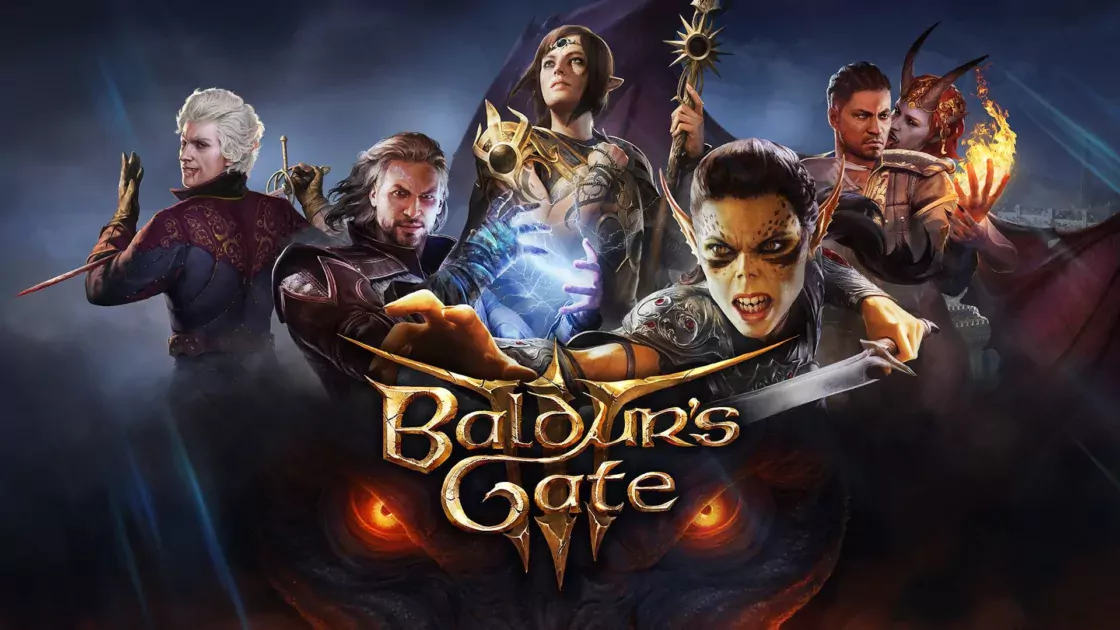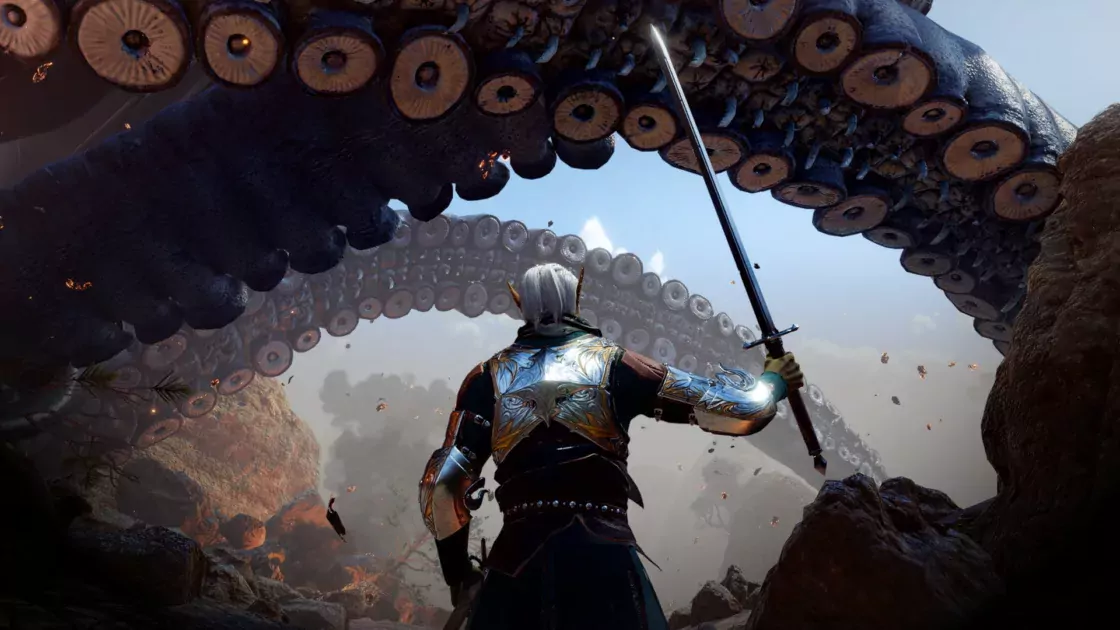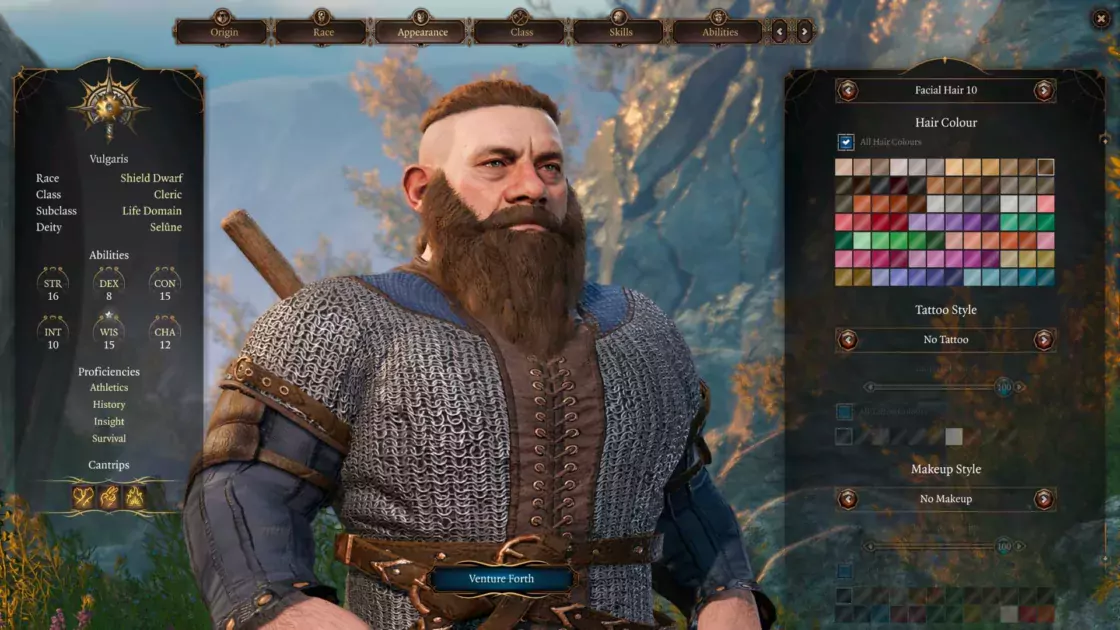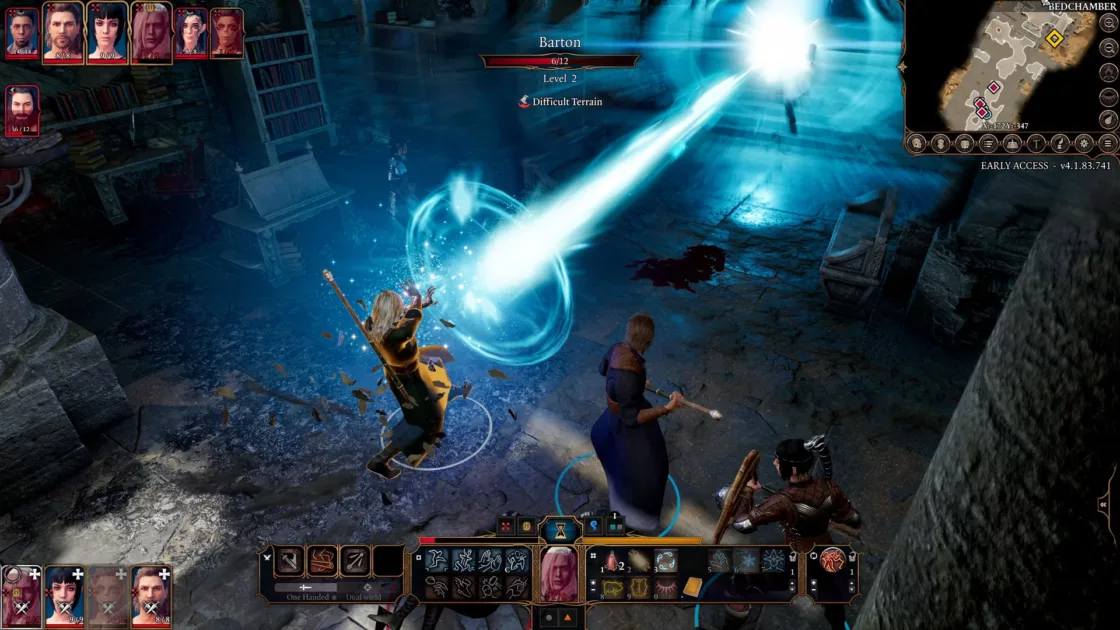A Dungeon Master’s take on Baldur’s Gate 3
Reading time: 4 minutesI’d like to preface this post by saying that I adore Baldur’s Gate 3. It’s one of the best games to release in the last decade, it’s scratching an itch for an RPG I didn’t even know I had, and it’s all round an absolute masterpiece. Which of course means I’m going to spend the course of this review talking about its bad points.

I’ve been DMing for Dungeons & Dragons for a good few years now. For those of you new to the tabletop RPG (TTRPG) space, DM stands for Dungeon Master – they’re the person who runs the games, generally overseeing the rules and the narrative structure. Think of them like one of those circus performers that spins plates whilst on a unicycle, except the unicycle is on fire and they’re having to make the plates as they go.
My DMing has taken me from knowing nothing about Dungeons & Dragons Fifth Edition (D&D 5e), to running a full-blown campaign entirely made up by me. It’s a daunting and incredibly rewarding thing, letting you flex your creative muscles alongside some amazing players to build a world you all share. You end up in all sorts of improvised scenarios that lead to wonderful character growth all because a player decides to do something that you, as a DM, had never even considered an option. It’s essentially Yes, And: The Game and it’s a tool that’s created some of my favourite gaming moments in my long history with the medium.

But being a DM also gives you certain preconceptions when you go into a game like Baldur’s Gate 3, which is trying to take the tabletop version of D&D and turn it into a video game.
By and large, this has not been successful in the past. D&D is complicated – like, ridunculously complicated – and that often doesn’t transfer well into a video game setting. The hardest thing to transfer, though, is the party atmosphere – D&D campaigns can go bananas, depending on the choices players make, and it’s exceedingly difficult to implement that into a video game that needs clear rules and paths to follow.
Baldur’s Gate 3 is by far the best implementation of this I’ve seen. The whole thing feels like you’re on an adventure with a bunch of other weirdos who all have their own motivations and ways of looking at the world, and it’s just great. You can make choices that have an impact on the world, that take you to parts of the story you might not have seen if you’d chosen something a little different, or arrived to it just a little too late. It runs you through a complex, detailed plot, and grabs your investment from the first moment.

But it’s this greatness, this getting soooooo close to the feeling of a DnD campaign, that really heightens when it misses the mark.
I’m trying to write this article in a spoiler-free manner, so forgive me for a being a bit vague on plot points. One of the reasons I want to avoid spoilers here is because you absolutely need to play this game, regardless of what I’m about to say – please in no way allow this article to put you off playing Baldur’s Gate 3.
One of the biggest ways it differs from a traditional TTRPG campaign is through player choice. The game is very good at giving you the illusion of choice, whilst also severely limiting what you can do – and that’s understandable, a game with no limits to what players can decide would fall apart in the first few seconds, and the way Larian Studios have tried to implement this is a fantastic compromise.
But there are ways you feel the compromise. If we consider Baldur’s Gate 3 as a TTRPG with the breadth of choice you get in D&D, you can see the areas the developers haven’t allowed you to go. One of the strangest seems to be the inability to just side with the bad guys – however morally despicable they might be, having that as an option would properly reflect the nature of choice in D&D. It’s a game where everything is possible, and coming from that to Baldur’s Gate 3 can be quite jarring.

As I said, the limits make sense. With the storyline as a whole, it would be almost like creating an entirely separate, second story just for the small number of players who might want to embrace the evil, not to mention making the mechanics and thousands of moving parts in the game’s engine work together with all these different choices. Hell, D&D is famously unbalanced given how many rulebooks and items and mechanics it tries to blend together, and Baldur’s Gate 3 is marvellous at boiling down of all that mess into something that works (if you ignore all the glitches).
I suppose the moral of this meandering tale is that it’s likely impossible for any video game to capture the full experience of a D&D campaign. But the incredible Larian Studios will get you as close as you’re ever going to get.
And if you do enjoy the game, if you feel the urge to experience just that little bit more, why not consider picking up D&D? You can find plenty of open games at Roll20 that welcome new players, and if you’re in a bigger city anywhere in the world you can look for local gaming cafés that offer in-person games. I’m proud to say I’ve met some amazing people, and made some amazing memories, all through playing D&D.

You can find Matthew, and a small-but-thriving community of D&D players, in the Critical Chicken Discord server.

